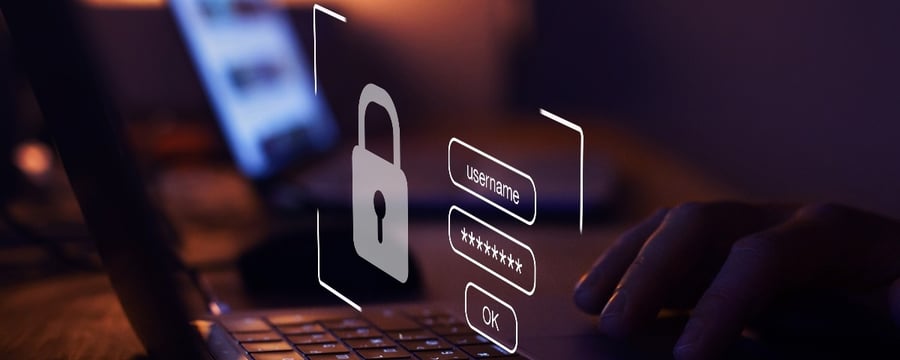
ISO 27001 offers a comprehensive framework that can incorporate all information security regulations and schemes - GDPR, HIPAA, SOC 2, CCPA, etc.
Information security/cybersecurity has become crucial to any organization's functioning in today's digital age. With the increasing amount of data and sensitive information being stored and transmitted through various digital channels, it is essential for organizations to ensure that their information is secure and protected from unauthorized access, use, or disclosure.
Complying with Different Information Security Regulations
Various information security regulations and schemes have been developed to help organizations achieve this objective. However, complying with multiple regulations can be a daunting task. ISO 27001 provides a 'one-size-fits-all' solution.
ISO 27001, an internationally recognized information security management standard, provides a systematic approach to managing and protecting sensitive information. The standard outlines a risk management approach that enables organizations to identify and assess risks associated with their information assets and implement appropriate controls to mitigate them. ISO 27001 also provides a continuous improvement process that helps organizations continually monitor, review and improve their information security management system.
It is widely known that an Information Security Management System (ISMS) compliant with ISO 27001 can also accommodate other standards of the ISO 27001 family, such as ISO 27701, the privacy information management system. But the flexibility of ISO 27001 is such that it can also be tailored to suit an organization's unique requirements. The standard does not mandate specific controls but requires organizations to select controls based on their risk assessment. This allows organizations to choose relevant controls for their business operations and comply with various regulations.
Expanding the Scope of Your ISMS
Clause 4.3 of ISO 27001 permits the inclusion of interested parties' requirements and provides a systematic approach to compliance with multiple regulations. The standard covers various aspects of information security, such as physical security, network security, access control, and data protection.
This means that organizations can use the standard to comply with various regulations, such as the EU General Data Protection Regulation (EU GDPR), UK General Data Protection Regulation (UK GDPR), the Health Insurance Portability and Accountability Act (HIPAA), SOC 2 (Service Organization Control Type 2), CCPA (California Consumer Privacy Act) and the Payment Card Industry Data Security Standard (PCI DSS). And this is now an exhaustive list.
For example, ISO 27001 can help organizations comply with the GDPR regulating personal data protection. The standard requires organizations to implement appropriate technical and organizational measures to protect personal data from unauthorized access, use, or disclosure. ISO 27001 provides a comprehensive framework that covers all the critical aspects of data protection, including data classification, access control, data encryption, and data retention.
Similarly, ISO 27001 can help organizations comply with the HIPAA, which regulates the protection of patient health information. The standard requires organizations to implement appropriate safeguards to protect patient health information from unauthorized access, use, or disclosure. ISO 27001 provides a systematic approach to managing and protecting sensitive health information, including risk assessment, security controls, and security awareness training.
ISO 27001 can incorporate all information security regulations and schemes.
The standard provides a comprehensive framework enabling organisations to manage and protect sensitive information effectively. ISO 27001, as highlighted in our ISO 27001 training courses, also provides a systematic approach to compliance with various regulations, including GDPR, HIPAA, and PCI DSS. Implementing ISO 27001 can help organizations enhance their information security management system, protect sensitive information, and comply with multiple regulations.
Related Articles
- Information Security Standards other than ISO 27001
- Risk Management in ISO Management System Standards
deGRANDSON Global is an ISO Certified Educational Organization
In In October 2021, we secured certification to three education-related ISO Standards. We now have a university-grade management system in place conforming to the requirements of …
We have chosen ISO 21001 certification because it is based on independent third-party assessment, unlike IRCA and Exemplar badges (which we believe are commercially compromised). It is a ‘university grade’ standard globally by schools, colleges, and universities to demonstrate competence.
